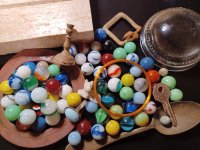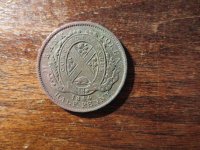E
elle
Guest
Firstbiggestmost,
I'm not sure exactly where in Vero Beach you found your artifact, but the Spring of Whitby was built around the time period you are suggesting.
The bronze bell with her name and date of 1801 was found in 1965.
In my research, I believe this ship was stolen or seized to be used for illegal activities in the waters of the New World.
Many times, parts of rigging materials were sold, stolen, and reused.
For instance, many sheaves made in South America were found on 1715 ships. These were purchased from trade fairs and carried by means of the trading routes throughout the many ports to outfit vessels.
Laura
I'm not sure exactly where in Vero Beach you found your artifact, but the Spring of Whitby was built around the time period you are suggesting.
The bronze bell with her name and date of 1801 was found in 1965.
In my research, I believe this ship was stolen or seized to be used for illegal activities in the waters of the New World.
Many times, parts of rigging materials were sold, stolen, and reused.
For instance, many sheaves made in South America were found on 1715 ships. These were purchased from trade fairs and carried by means of the trading routes throughout the many ports to outfit vessels.
Laura



 It might take a few days to get over there, but I will post what I find out. Thanks again for the tip. HH.
It might take a few days to get over there, but I will post what I find out. Thanks again for the tip. HH.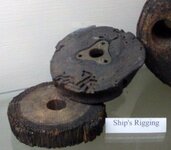
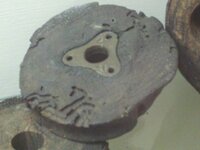
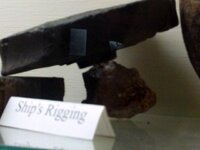

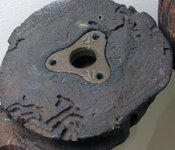
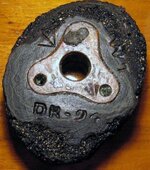
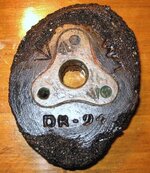
 , Awesome!
, Awesome!
